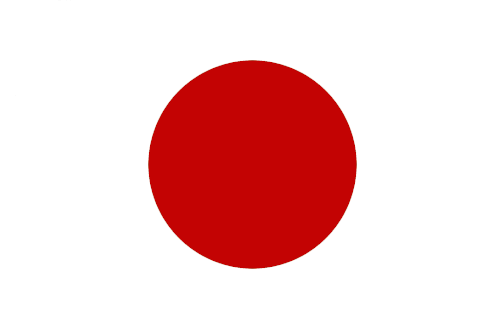
There is no doubt that Starbucks is currently a market leader for coffee. It has established its image not only as a relaxing and deluxe coffee lounge but also a socially responsible company which promotes major environmental causes and sponsors local artists and musicians.
Perhaps by using Porter’s 5 Forces, we may gain some insight into Starbucks’s success.
An important barrier to entry is the access to distribution channel. Starbucks exceeds in their distribution coverage considering that Starbucks can be found on almost every block of major cities in North America. The threats of substitute and rivalry have failed to affect Starbucks’s success. Blenz coffee is a challenger in the same market but it does not have the in-style and modern image of Starbucks nor does it have such a wide distribution coverage like that of Starbucks. Buyer power is fairly weak because Starbucks has fragmented customers and supplier power is fairly high because Starbucks chooses suppliers that are 51% women, minority-owned, and socially or economically disadvantaged. Starbucks puts itself at risk by dealing with small suppliers instead of big suppliers with better facilities and prices. However, Starbucks’s environmental and social ethics does build up its brand image, which explains its successful today.




